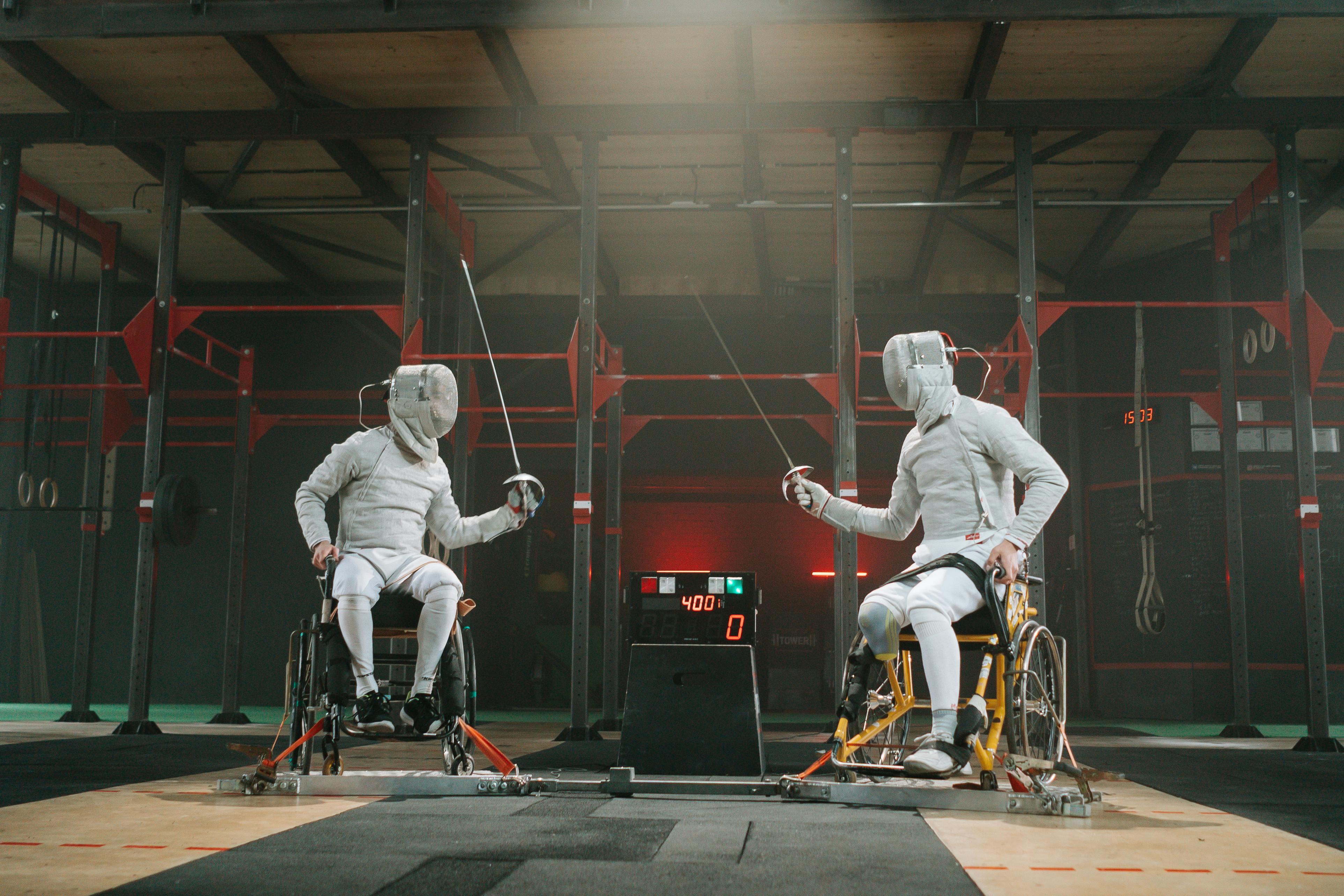Breaking Barriers: The Fascinating Journey of Adaptive Sports
Adaptive sports, originally designed as rehabilitation for wounded veterans of World War II, have evolved into an empowering platform for those with disabilities, allowing them to compete at high levels. This article will delve into the history, current trends, and real-world impact of adaptive sports, demonstrating how they allow athletes to overcome barriers and achieve amazing feats.

The Genesis of Adaptive Sports: A Brief History
The birth of adaptive sports can be traced back to World War II, when they were used as a form of rehabilitation for injured soldiers. Sir Ludwig Guttmann, a German-British neurologist, is often credited as the pioneer of adaptive sports. He introduced sport as a crucial part of the rehabilitation process for spinal cord injury patients at Stoke Mandeville Hospital, Buckinghamshire, England. This marked the beginning of a new chapter in sports, opening doors for individuals with disabilities to actively participate in sports.
The Stoke Mandeville Games: The Precursor to the Paralympics
In 1948, Guttmann organized the first Stoke Mandeville Games, a competition for wheelchair athletes. The event coincided with the London Olympics and was an instant success. It eventually evolved into the Paralympic Games, which today stand as a testament to the athletic capabilities of individuals with disabilities.
The Current Landscape of Adaptive Sports
Adaptive sports have seen significant growth over the decades. They have expanded beyond rehabilitation and now include competitive sports such as wheelchair basketball, adaptive skiing, and even adaptive MMA (Mixed Martial Arts). The Paralympics, the pinnacle of adaptive sports, now hosts 22 sports and is watched by millions worldwide.
The Benefits and Challenges of Adaptive Sports
Adaptive sports provide numerous benefits, from improving physical fitness and coordination to boosting self-esteem and facilitating social integration. However, they also present unique challenges. Athletes often require specialized equipment and training, which can be expensive. Accessibility and inclusivity continue to be areas requiring improvement. Despite these challenges, the growth and impact of adaptive sports are undeniable.
Adaptive Sports in Action: Real-World Applications
The real-world impact of adaptive sports is best illustrated by the athletes themselves. Stories like that of swimmer Jessica Long, who holds 23 Paralympic medals, or the USA’s wheelchair rugby team, which has won medals in every Paralympics since the sport was introduced in 2000, show the power of adaptive sports. These athletes, and many others like them, are breaking barriers and demonstrating that disabilities do not limit one’s potential.
In conclusion, adaptive sports have come a long way from their beginnings as tools for rehabilitation. They have become platforms for empowerment, competition, and breaking down barriers. The journey of adaptive sports is a testament to human resilience and the power of sport to transform lives.





